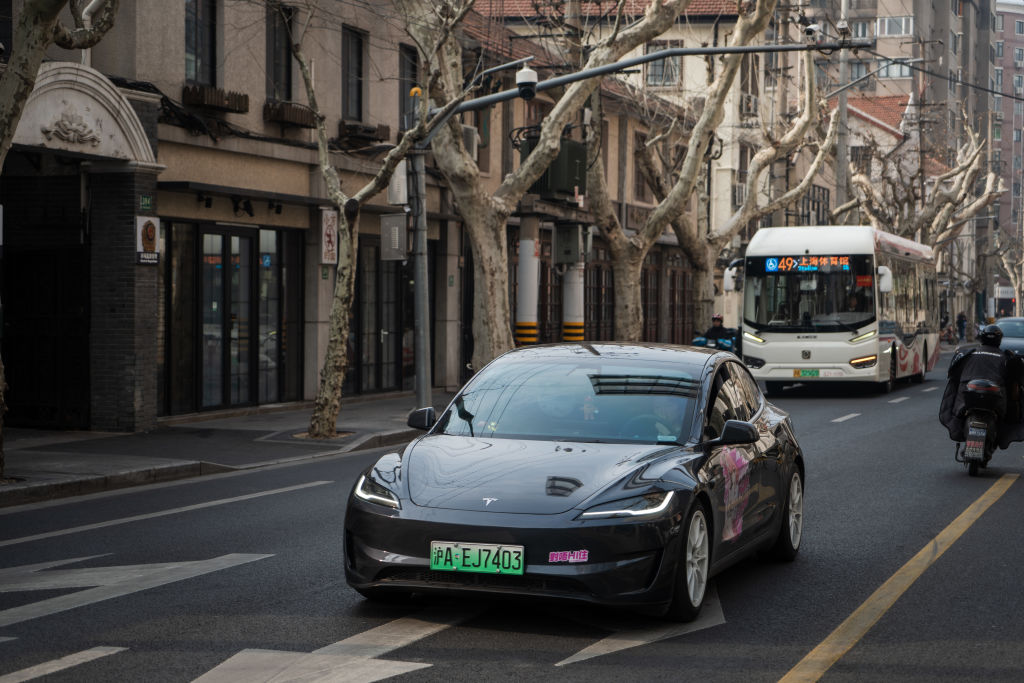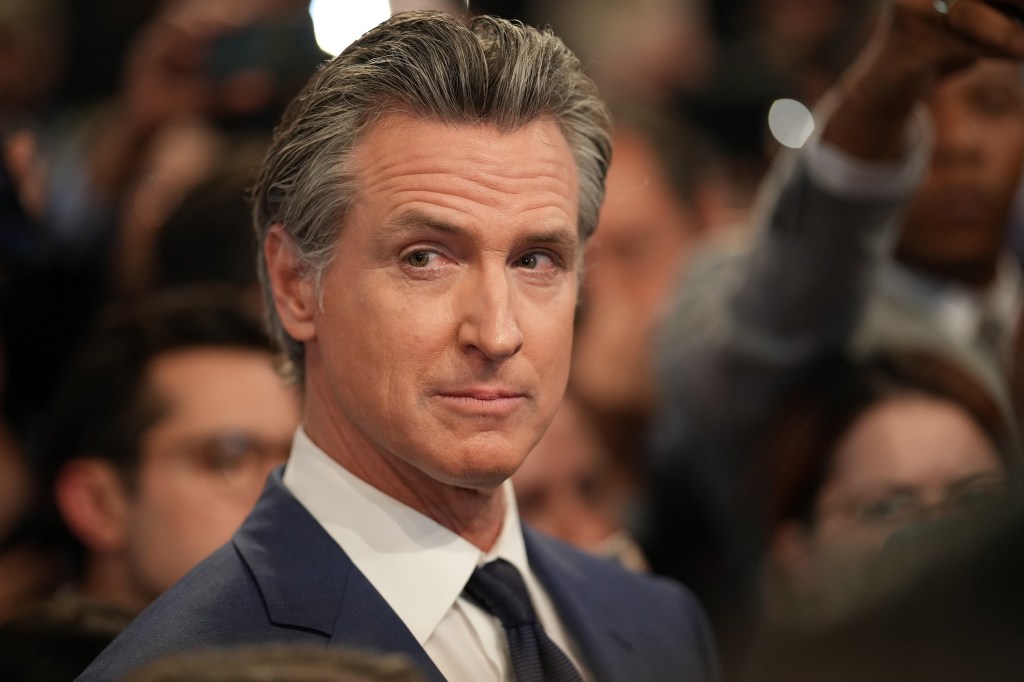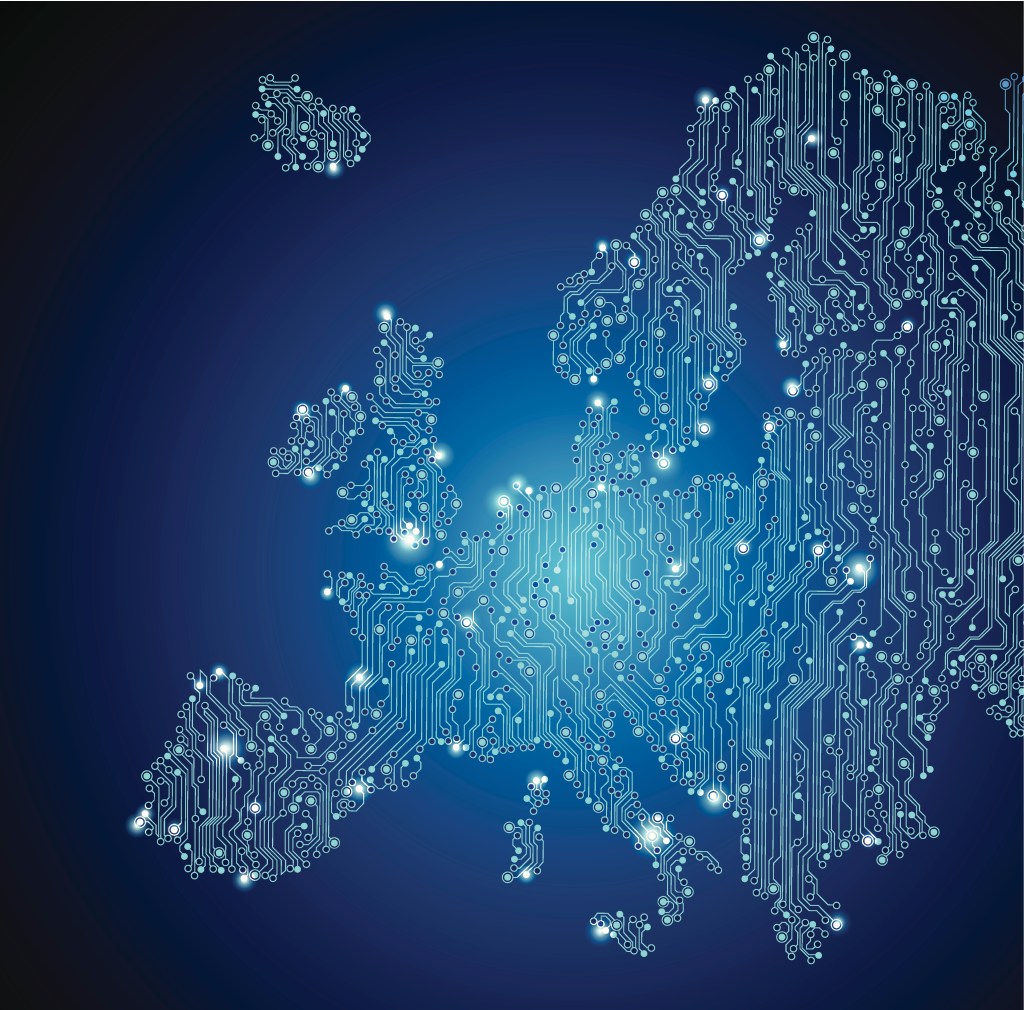Tesla has embarked on testing its autonomous ride-hailing service, known as FSD Supervised, with employees in Austin, Texas, and the San Francisco Bay Area. This initiative is a precursor to the company’s anticipated robotaxi launch slated for this summer.
The term FSD refers to Tesla’s Full Self-Driving system, an advanced driver assistance feature available to Tesla owners via subscription. While FSD can perform certain automated driving tasks, it currently requires drivers to maintain hands-on control and is not yet fully autonomous. Thousands of Tesla owners already utilize this supervised FSD system.
The recent announcement highlights the introduction of a Robotaxi app, designed to allow non-Tesla owners to hail rides from the fleet. This development signifies Tesla’s commitment to expanding its autonomous ride-hailing capabilities beyond its existing customer base.
In a statement on X (formerly Twitter), Tesla’s AI division shared:
> FSD Supervised ride-hailing service is live for an early set of employees in Austin & San Francisco Bay Area. We’ve completed over 1.5k trips & 15k miles of driving. This service helps us develop & validate FSD networks, the mobile app, vehicle allocation, mission control & more.
Testing with employees is a standard practice in the autonomous ride-hailing industry. Companies like Waymo have employed similar strategies, initiating services with employees before extending them to the public. This phased approach allows for thorough testing and refinement of the technology and user experience.
Tesla’s plans include launching a robotaxi service in Austin by June. During a recent first-quarter earnings call, the company reiterated this timeline but provided limited additional details, such as when it expects to start charging for rides. CEO Elon Musk mentioned the deployment of 10 to 20 vehicles on the first day of service in Austin.
While Tesla previously unveiled the Cybercab concept—a futuristic robotaxi without a steering wheel or pedals—the initial operations are expected to utilize existing vehicle models. Promotional materials showcase a Model 3 sedan equipped with a rear passenger screen displaying information like estimated time of arrival, climate controls, music options, and an emergency stop button.
A disclaimer accompanying the promotional video emphasizes: Safety driver is present to supervise and only intervene as necessary. FSD (Supervised) does not make the vehicle autonomous.
In January, Musk indicated plans for an unsupervised version of FSD, suggesting that the Austin launch would feature vehicles without drivers. However, it remains unclear if Tesla will proceed with a fully autonomous service from the outset or adopt a more cautious approach by maintaining safety drivers during the initial phase.



